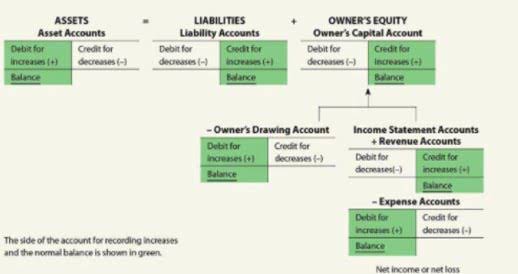
Since most capital expansions and investments are based on estimates and future projections, there’s no real certainty as Accounting For Architects to what will happen to the income in the future. For instance, Jim’s buffer could break in 20 weeks and need repairs requiring even further investment costs. That’s why a shorter payback period is always preferred over a longer one.

Comparing Payback Period with Other Methods

This 20% represents the rate of return the project or investment gives every year. Thus, the above are some benefits and limitations of the concept of payback period in excel. It is important for players in the financial market to understand them clearly so that they can be used appropriately as and when required and get the benefit of it to the maximum possible extent.
Discounted Payback Period (DPP)
Unlike net present value , profitability index and internal rate of return method, payback method does not take into account the time value of money. A modified variant of this method is the discounted payback method which considers the time value of money. Although the payback period method is often used in finance and project management, HR can use this logic to assess the ROI of workforce initiatives. Salary.com’s Real-time Job Posting Salary Data solution provides insights that help HR make better strategic decisions. A higher payback period means it will take longer fixed assets for a company to cover its initial investment. All else being equal, it’s usually better for a company to have a lower payback period as this typically represents a less risky investment.
Get up to $1,000 in stock when you fund a new Active Invest account.*
Next, the second column (Cumulative Cash Flows) tracks the net payback equation gain/(loss) to date by adding the current year’s cash flow amount to the net cash flow balance from the prior year. My Accounting Course is a world-class educational resource developed by experts to simplify accounting, finance, & investment analysis topics, so students and professionals can learn and propel their careers. A company is considering purchasing a $6,000 printer to increase the speed of its printing services.
Lifespan of an Asset

It is calculated by dividing the investment made by the cash flow received every year. This is a valuable metric for fund managers and analysts who use it to determine the feasibility of an investment. However, it is to be noted that the method does not take into account time value of money.
- Often an investment that requires a large amount of capital upfront generates steady or increasing returns over time, although there is also some risk that the returns won’t turn out as hoped or predicted.
- You can easily buy and sell with just a few clicks on your phone, and view your portfolio on one simple dashboard.
- If we assume the cash flows occur evenly during the 4th year, the payback is 65,000/75,000ths through the 4th year, noting that $65,000 is the negative balance at the end of Year 3, and $75,000 is generated in Year 4.
- There is $400,000 of investment yet to be paid back at the end of Year 4, and there is $900,000 of cash flow projected for Year 5.
- It’s also favored by managers and investors working in high-risk or uncertain environments where rapid returns are critical.
What Is Payback Period?
Once you have calculated the payback period, it’s essential to interpret the results correctly. If your payback period is shorter than your expected useful life (i.e., the time until the project becomes obsolete), the investment can be deemed profitable. As mentioned, the payback period method is used by small businesses, start-ups, and companies that prioritize liquidity and quick recovery of investment. It’s also favored by managers and investors working in high-risk or uncertain environments where rapid returns are critical. It quickly shows how long it takes to recover the initial investment, which helps in making fast decisions. The method is easy to understand and doesn’t need complex calculations.
- So, we take four years and then add ~0.26 ($1mm ÷ $3.7mm), which we can convert into months as roughly 3 months, or a quarter of a year (25% of 12 months).
- Others like to use it as an additional point of reference in a capital budgeting decision framework.
- In order to account for the time value of money, the discounted payback period must be used to discount the cash inflows of the project at the proper interest rate.
- The second project will take less time to pay back, and the company’s earnings potential is greater.
- A short period means the investment breaks even or gets paid back in a relatively short amount of time by the cash flow generated by the investment, whereas a long period means the investment takes longer to recoup.
- Investors might also choose to add depreciation and taxes into the equation, to account for any lost value of an investment over time.
In most cases, this is a pretty good payback period as experts say it can take as much as 7 to 10 years for residential homeowners in the United States to break even on their investment. Cumulative net cash flow is the sum of inflows to date, minus the initial outflow. Get instant access to video lessons taught by experienced investment bankers. Learn financial statement modeling, DCF, M&A, LBO, Comps and Excel shortcuts. But since the payback period metric rarely comes out to be a precise, whole number, the more practical formula is as follows. The sooner the break-even point is met, the more likely additional profits are to follow (or at the very least, the risk of losing capital on the project is significantly reduced).






